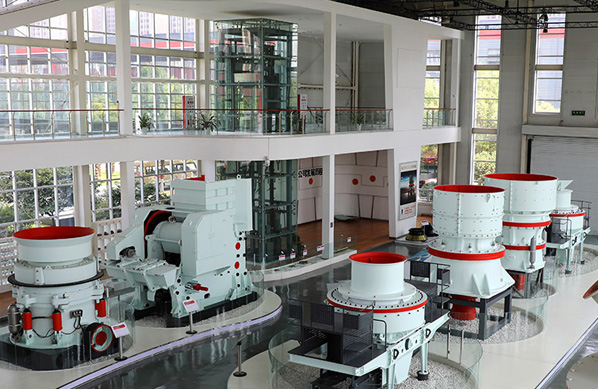Limestone is one of the most widely used raw materials in construction, metallurgy, and chemical industries. It is commonly processed into aggregates, sand, or powder for use in cement manufacturing, road construction, and other industrial applications. Selecting the right limestone crusher is crucial for achieving high productivity, desired output size, and cost efficiency. Below are some key notes to consider when choosing a limestone crusher:

1. Understand the Characteristics of Limestone
-
Hardness and Abrasiveness: Limestone typically has a Mohs hardness of 3–4, making it softer compared to granite or basalt. This means that less wear-resistant crushers, such as impact crushers, are suitable.
-
Moisture Content: High moisture can cause clogging and material buildup in crushers. Ensure the selected crusher is capable of handling wet or sticky limestone.
-
Size of Raw Material: The size of the mined limestone determines the type of crusher needed. Large boulders may require a primary jaw crusher before secondary crushing.
2. Crusher Types for Limestone
-
Jaw Crusher:
Ideal for primary crushing of large limestone chunks. It offers high crushing capacity and can handle big feed sizes. However, it produces coarser output compared to other crushers. -
Impact Crusher:
A popular choice for limestone due to its ability to produce well-shaped aggregates and fine particles. It performs well with medium-soft materials like limestone. -
Cone Crusher:
Suitable for medium and fine crushing of harder limestone varieties. It is less common for softer limestone unless high precision in size reduction is required. -
VSI (Vertical Shaft Impact) Crusher:
Best for producing machine-made sand from limestone, especially when a cubical particle shape is desired.
3. Capacity and Output Requirements
-
Determine the production capacity needed (e.g., 100 TPH, 300 TPH).
-
Select a crusher that can meet these requirements without frequent downtime.
-
Ensure the adjustable settings allow for producing the desired output sizes (e.g., 0–5 mm, 5–20 mm).
4. Energy Efficiency and Operating Cost
-
A crusher with high efficiency and lower energy consumption reduces operational costs.
-
Consider wear parts (blow bars, jaw plates, hammers) and their replacement frequency. Limestone is less abrasive, which means impact crushers and hammer mills are cost-effective options.
5. Plant Configuration and Mobility
-
For fixed plants, heavy-duty jaw or cone crushers may be used.
-
For mobile or semi-mobile plants, compact impact or hammer crushers are preferred for ease of transportation and installation.
6. Quality of the Final Product
-
If high-quality aggregates or sand with uniform shape and minimal fines are needed, impact or VSI crushers are preferred.
-
For coarse crushing where shape is less critical, jaw crushers are sufficient.
7. Budget and Maintenance
-
The initial investment vs. long-term operating cost should be balanced.
-
Easy maintenance and availability of spare parts are crucial for minimizing downtime.
-
Choose a reputable manufacturer with good after-sales service.
Choosing the right limestone crusher involves evaluating the material characteristics, production requirements, final product quality, and overall operational costs. For most limestone applications, impact crushers or hammer crushers are the most efficient due to limestone’s softness and low abrasiveness. However, for large-scale operations, a jaw crusher as a primary combined with an impact crusher as secondary can offer both high capacity and excellent product quality.
